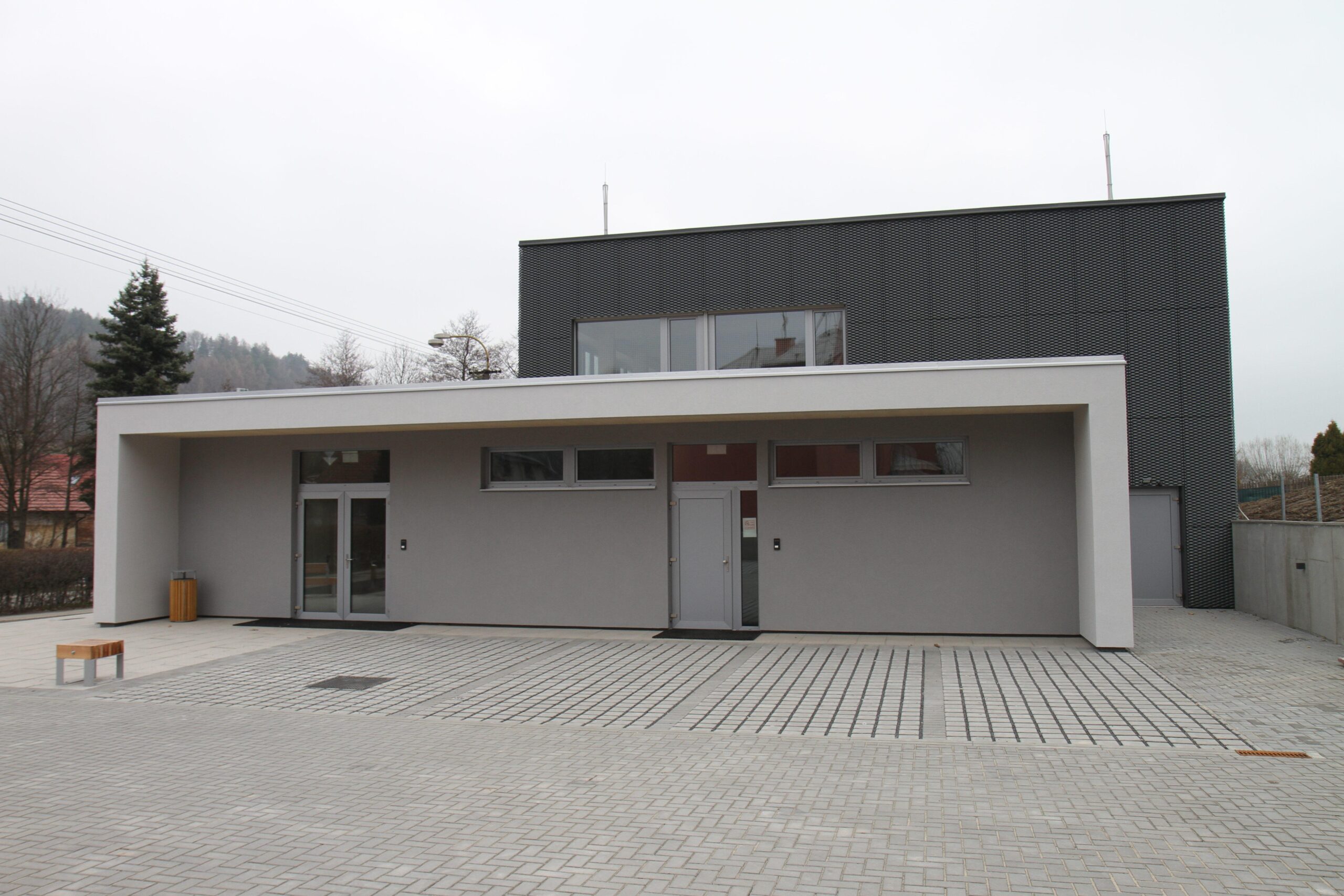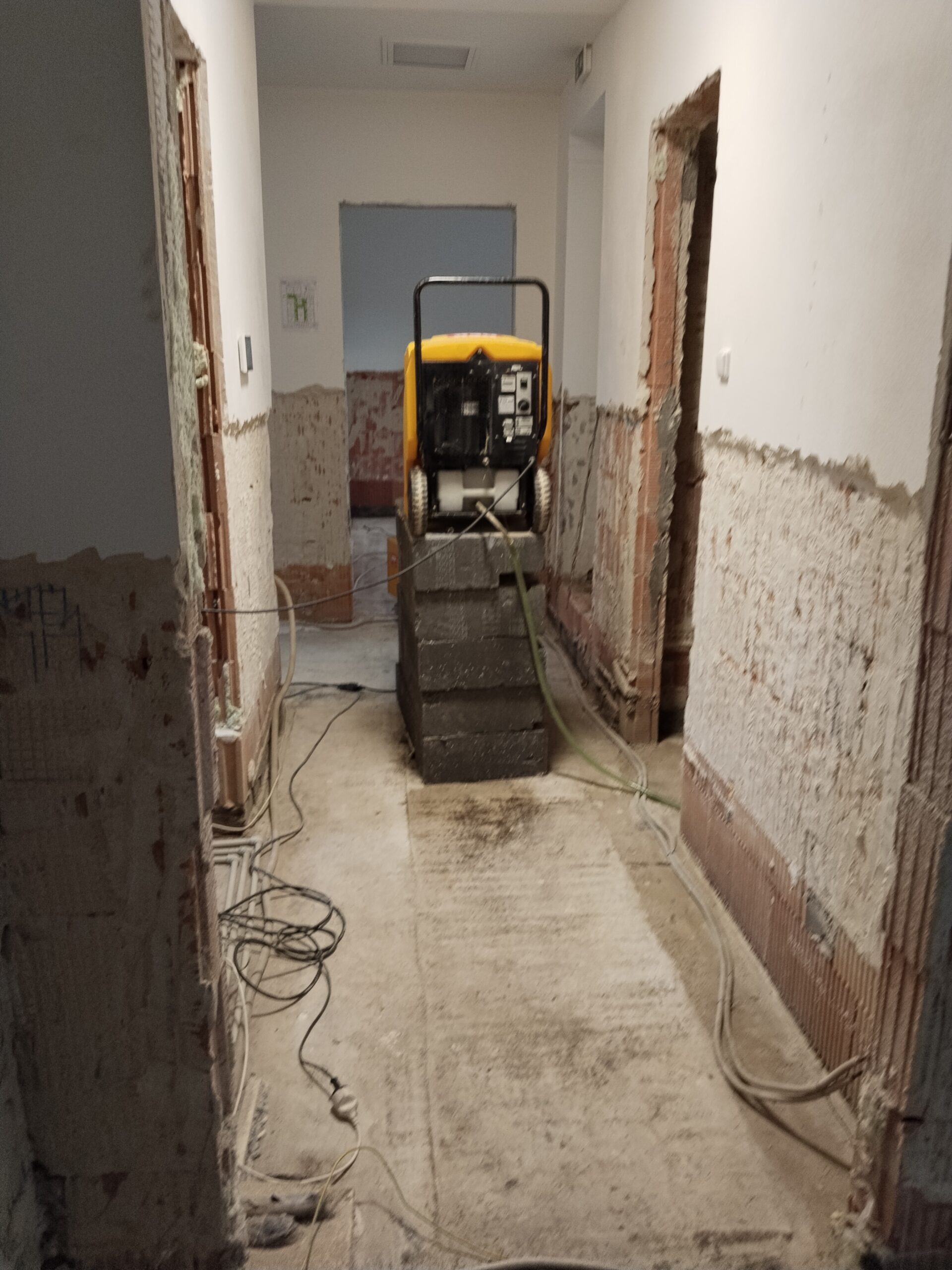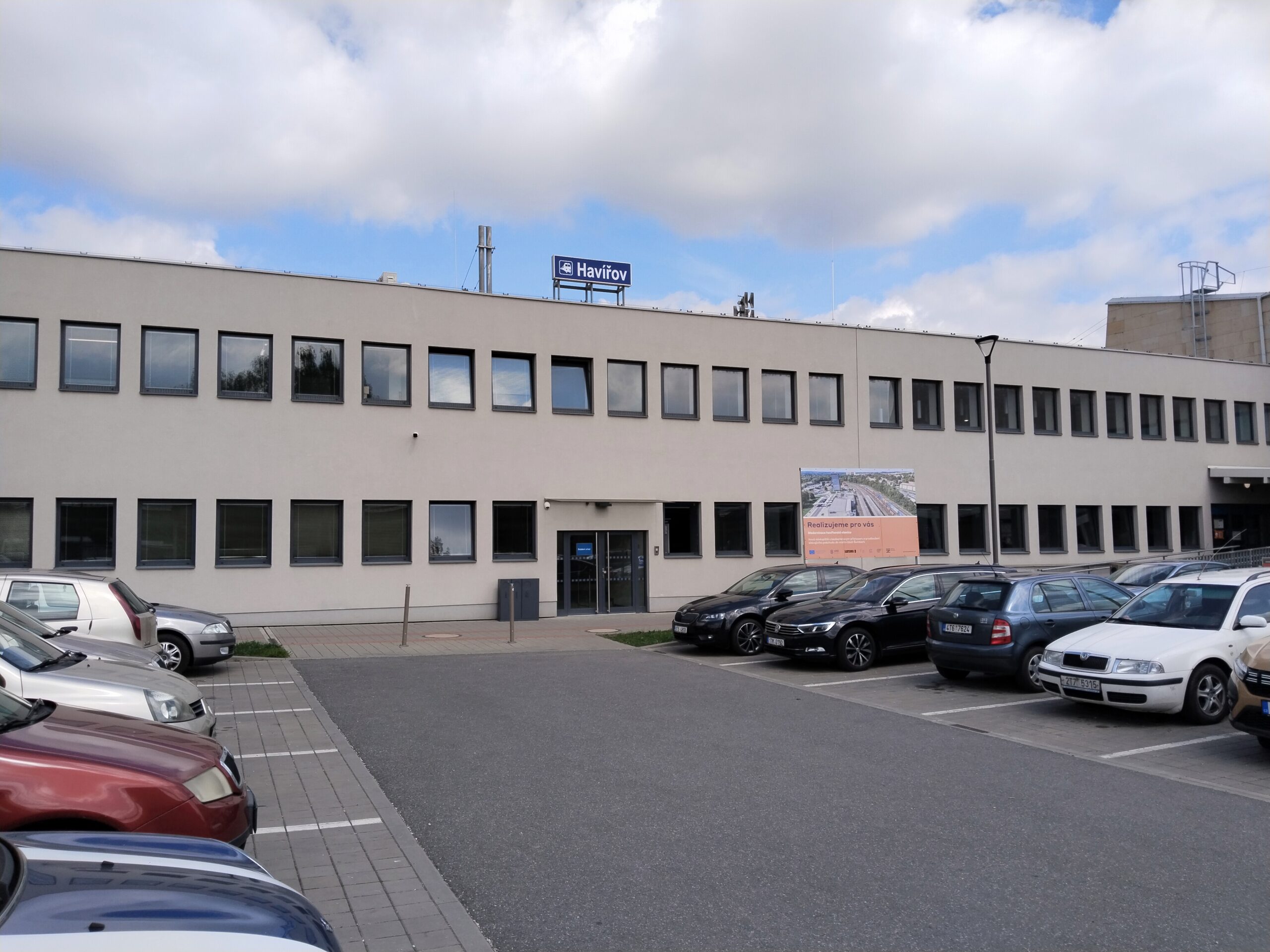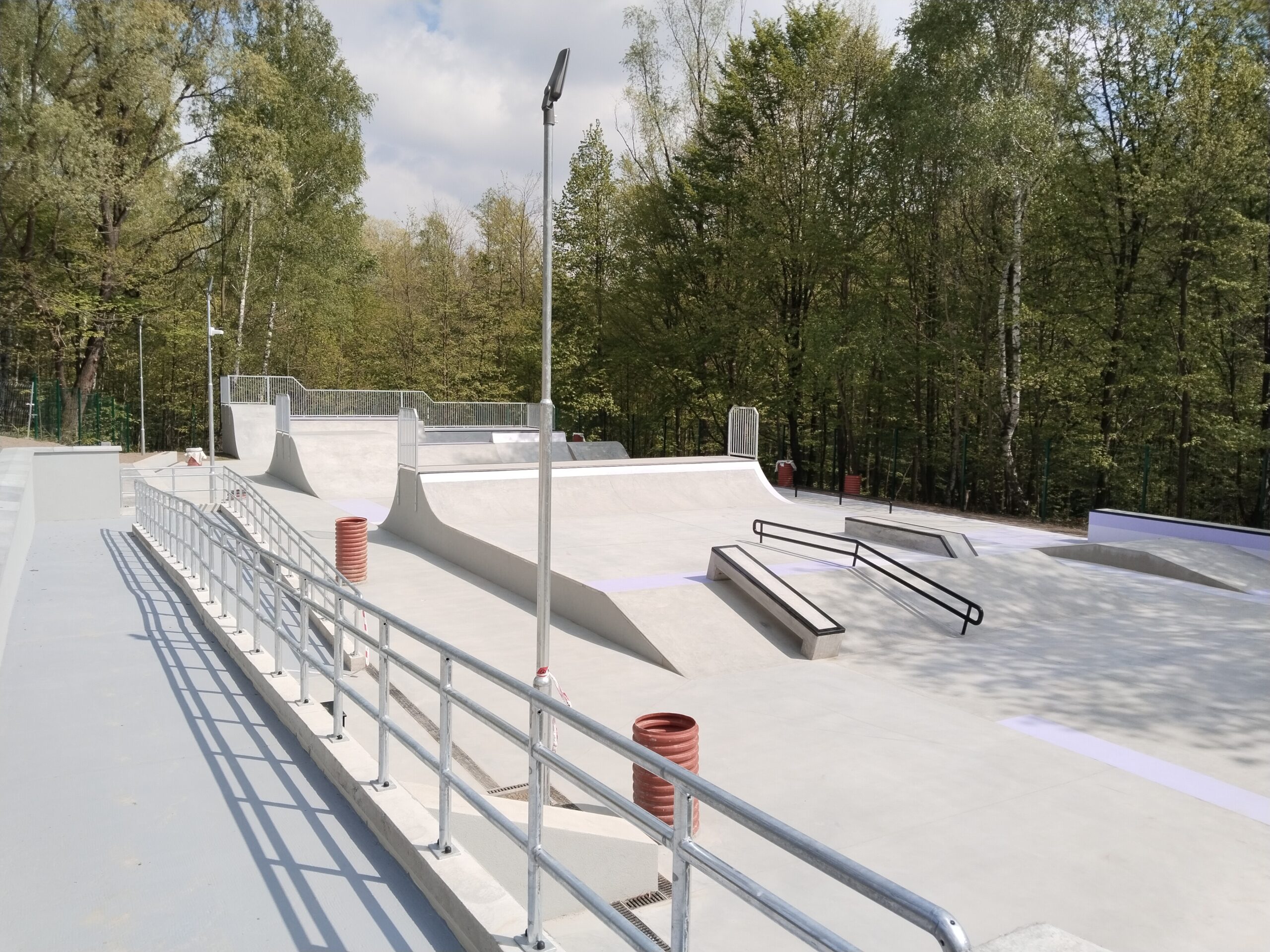
Sound engineering
Microphones: Each type of microphone has its own advantages and disadvantages that need to be considered when planning a sound system for a cultural facility. Handheld microphones – often known as “handheld” microphones, are most commonly used by singers, speakers and presenters. Headset microphones – also known as “headset” microphones, attach to the head using a lightweight design that holds the microphone near the mouth. Lavalier microphones – often called “lapel” microphones, are small microphones that clip onto clothing close to the neck or chest. Condenser microphones are known for their sensitivity and ability to capture detailed sound. Dynamic microphones are rugged and versatile microphones that use electromagnetic induction to capture sound.
Speakers and amplifiers: Many factors must be considered when designing a sound system, including the acoustical characteristics of the space, speaker placement, volume requirements, and the types of events being used. Speakers – Main(front) speakers, Subwoofers, Monitor speakers, Surround speakers, Amplifiers – Integrated Amplifiers, Power Amplifiers, Digital Amplifiers.
Mixing Desks: Sound mixing consoles for controlling the sound during a performance. With complex sound processing capabilities, they ensure that every detail of the sound is heard as it should be and that the desired sonic ambience is achieved.
Wireless systems: Wireless microphones and in-ear monitors. Wireless systems are invaluable in a wide range of applications, from large concerts and theatre performances to corporate events and public speaking. They allow users to remain mobile, increasing their flexibility and adaptability in dynamic environments.
INQUIRE theatre equipment
Use of theatre equipment
Go to theatre technologiesIMPLEMENTATION
Here you can take a look at our portfolio to explore the projects we have successfully completed in recent years. Take a look at our work and get inspiration for your own projects.


















